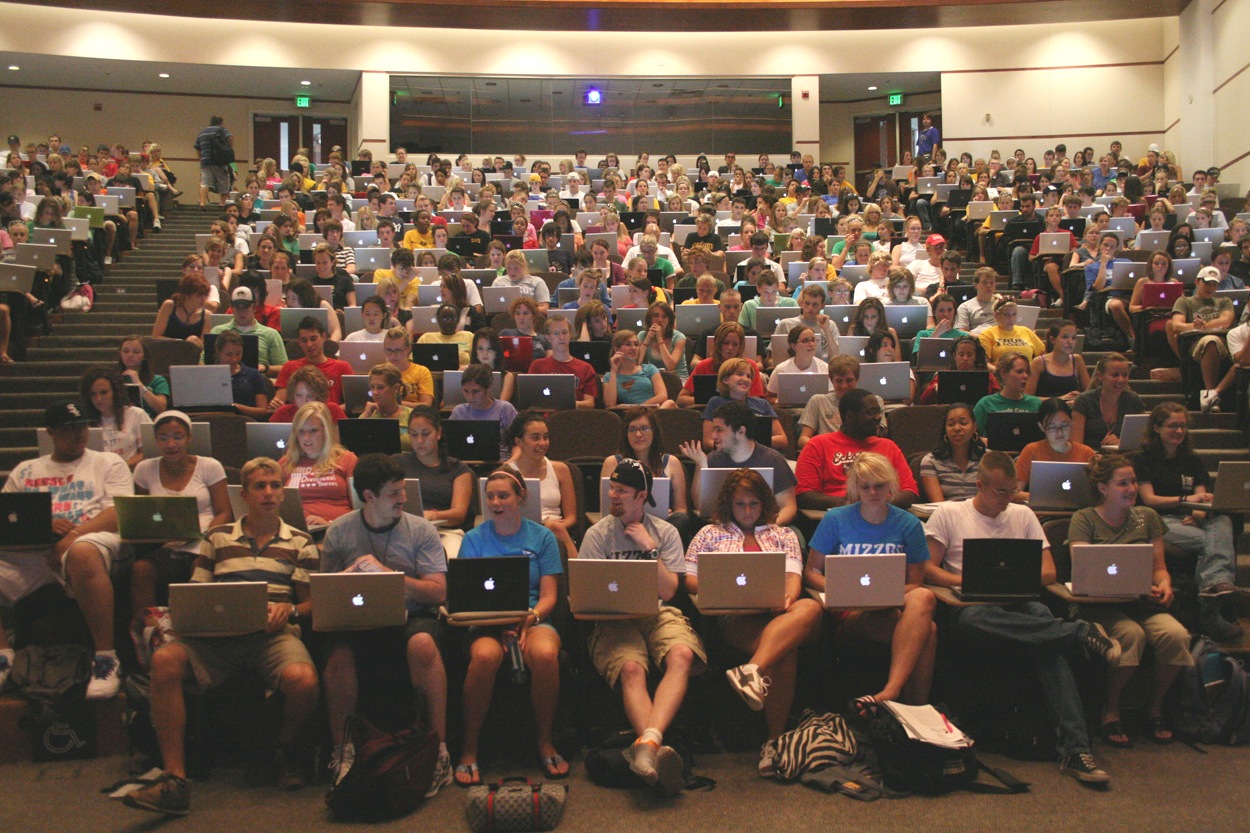More Clicks, Fewer Bricks – Is the Lecture Hall Obsolete?

Two teams faced off to an Oxford style debate last week on NPR to argue the motion, “More Clicks, Fewer Bricks: The Lecture Hall is Obsolete.” The team debating for the motion was comprised of EdX founder and MIT professor Anant Agarwal along with Ben Nelson, Chairman and CEO of The Minerva Project. The team debating against the motion consisted of Jonathon Cole, former provost and dean of faculties at Columbia University and Rebecca Schuman, writer, speaker, adjunct professor and activist on behalf of adjunct and contingent faculty in the U.S.
Here’s our own honest take on the debate:
MOOCs are here to stay.
As with all technology, innovations will continue and online education and distance learning will get better. There will be improved social and peer-to-peer interaction that will begin to rival that of traditional classes. Here’s just one example from the University of Toledo, where they have made their distance courses feel like “seated” courses.
It’s not an “either or” situation.
Online education can peacefully coexist and even enhance traditional classroom education. Take a look at the results from a flipped classroom at the University of North Carolina. This is a case where “clicks meet bricks,” and students have access to their course content anytime and anywhere.
It is actually possible to engage with students in large lecture classes.
Student engagement technology is a key component of the new digital active learning environment. In this example at the University of Michigan, Dr. Melissa Gross has rediscovered the joy in teaching. She now designs her lectures around interaction instead of “stand and deliver.”
Does taking a course online mean you give up interaction with your instructor?
Not at all. Active Learning technology makes it possible to create virtual office hours, where students and instructors can interact one-on-one, just as they would for any traditional, on-campus course.
One of the debaters mentioned that the “the more the university opens up, the more vibrant it will become.” We would modify that to say, “the more the university opens up to active learning, the more vibrant it will become.”
It’s not just a case of more “clicks”, it’s a case of selecting the best ones to enhance what’s already happening inside of the brick walls. Today’s students are the first truly “digital ready” generation and they consume information and content in an entirely different way. As educators, we have an obligation to use the latest technologies to improve the quality of the classroom, learning experience, whether it is online or on-campus.
